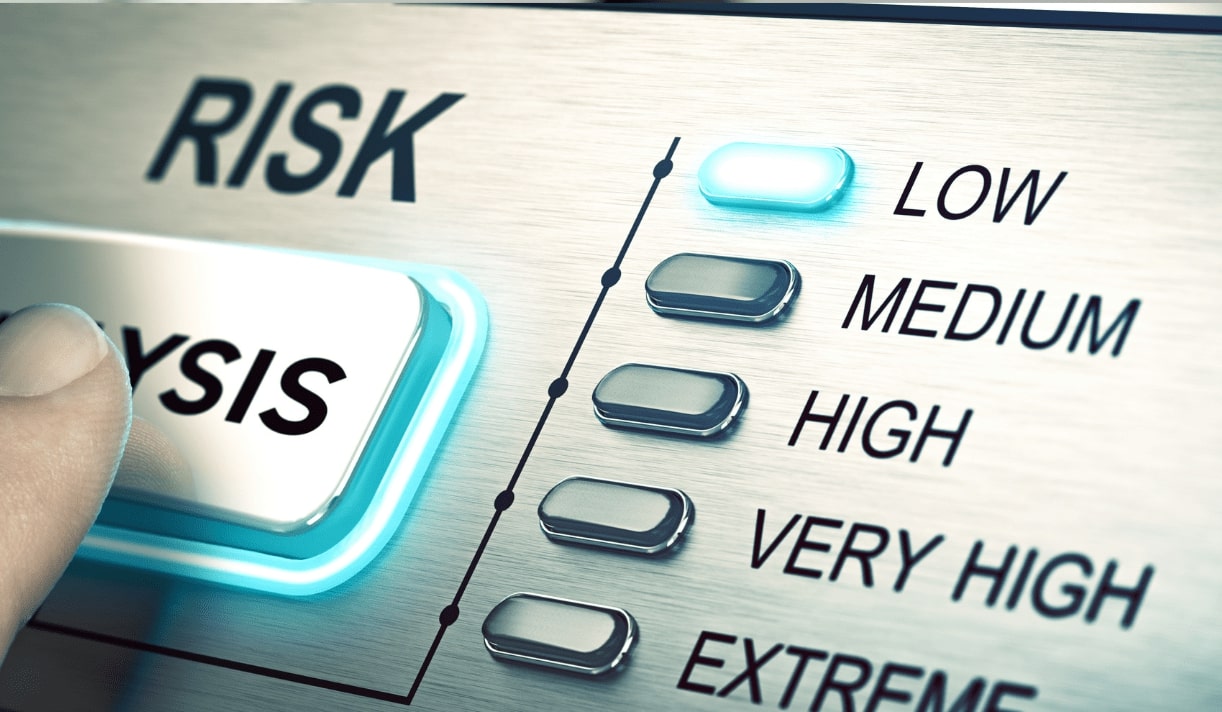Date first published: 23/12/21
Key sectors: all
Key risks: COVID-19; inflation; debt
Risk development
In a baseline case a continued recovery from the COVID-19 pandemic could lead global growth to expand by more than 4.5 per cent in 2022 – down from 2021 – but still ahead of 2019. There were hopes that by the end of 2022 that the global economy would have recovered from the pandemic – but that is now a remote possibility.
Why it matters
The global economy is littered with risks two years after the start of COVID-19 pandemic. While the headlines focus on the risks of Omicron variant and inflation, those are only a few of the issues that could cause problems in 2022. Rising interest rates and a debt hangover could threaten a continued global recovery.
Background
There is little conclusive evidence on the risk of Omicron. It appears to spread more rapidly than previous variants but the infected are less likely to require hospital treatment. Nonetheless, government around the world are likely to introduce new restrictions and social distancing measures that could affect consumption. Restrictions are proliferating across Europe, and Beijing has announced a lockdown of 13m people in the city of Xi’an. These may not be long lasting, which moderates its economic impact. However, the rapid spread of Omicron raises the risk of new and troubling variants – which over the next year could cause disruptions particularly in developing countries with low vaccination rates.
Inflation risks are high. The pandemic has aggravated supply chain disruptions, which has pushed up prices across the globe. Global gas shortages persist, and climate events are creating pressure on food prices. United States (US) inflation ended the year at close to 7 per cent, significantly above target, a trend present, even if less dramatic, across the world. Inflation also does not appear to be transitory, and without corrective action the risk becomes entrenched.
In most normal scenarios, interest rates would rise dramatically to reduce the risk of inflation. However, rate rises are likely to be moderate over the next year, as central bankers worry about the potential to choke recovery from the pandemic and reflecting the difficulties in withdrawing pandemic-era stimulus policies. A relatively moderate rise in interest rates in the US should prevent a massive outflow of capital from weaker emerging markets, but if supply chain disruptions do not abate, central banks in developed countries could accelerate their timetables for rate rises.
Debt too remains a concern. The pandemic led both governments and corporations around the world to increase borrowing. Global debt has reached around US$300tn, although consumers have increased savings over the last two years. On a governmental level, a likely effect is scaling back spending – cumulatively up to 2.5 per cent of global GDP – around five times larger than the austerity measures introduced after 2008. High debt levels also further aggravate the risks from interest rate rises, with even moderate rises likely to increase the number of corporations suffering losses and cash flow concerns in 2022.
Risk outlook
Not all the risks will materialise in 2022, and there will almost certainly be new underappreciated threats to global recovery. Importantly, there will be significant cross-country variation. Broadly, developed markets will be better able to withstand the risks, while weaker emerging markets are less well placed to deal with issues. And individual countries are likely to face their own specific issues, including China and concerns over the real estate sector.



